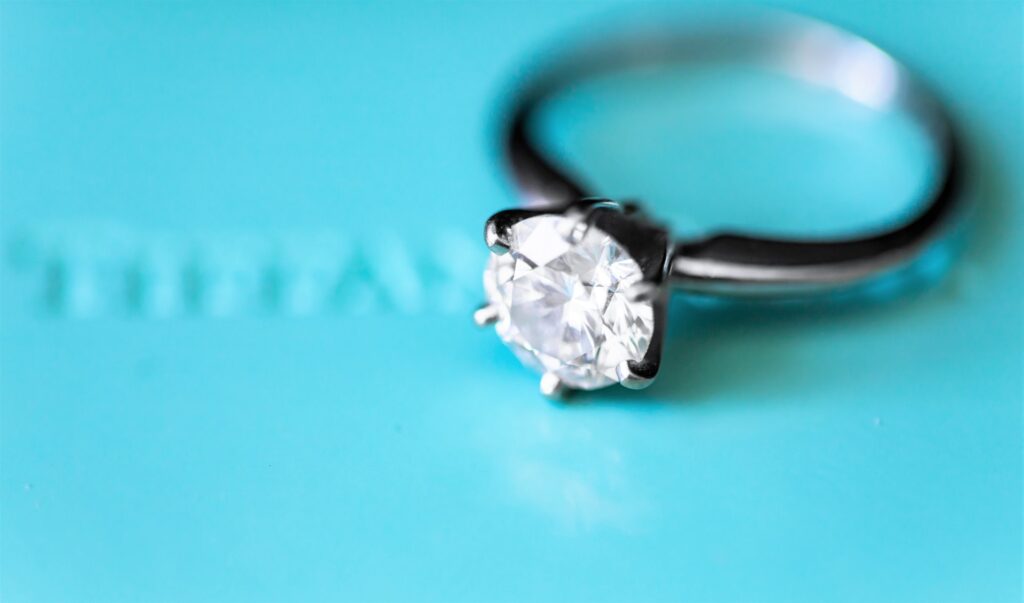Are you looking for a diamond engagement ring? You’ll need to understand the 4Cs, how to choose a diamond pattern and cutting, metal properties, setting kinds, and more.
To ensure a wise purchase, consider these recommendations when buying an engagement ring:
Recognize the 4Cs
The 4Cs (Cut, Colour, Clarity, and Carat Weight) are the most important factors to consider when purchasing a diamond proposal ring. The 4Cs, developed by GIA, is the world standard for grading diamond quality and allowing you to evaluate one stone to another.
In a nutshell, the 4Cs are:
- Colour: D-to-Z color scheme the lack of color in a diamond is graded on a scale of one to ten. Colorless diamonds are rarer.
- Cut: A diamond’s cut quality impacts how well it disperses light.
- Clarity: The lack of imperfections and defects in a gem is referred to as clarity.
- Carat Weight: The apparent size of a diamond is determined by its carat weight.
After you’ve grasped the meaning of the 4Cs, ask yourself, “What would be the most significant C to me?” Prioritizing the 4Cs will allow you to rapidly reject some gems from your research and focus on those that will delight your future bride.
It’s worth your time to learn the 4Cs: It is the international language for describing the brilliance of a diamond. Being able to communicate in this language gives you the confidence to purchase a diamond proposal ring.

Understand the distinctions between diamond forms, cut styles, and cut grades.
You should know the differences between a diamond’s cutting style, shape, and cut quality when you start looking for a diamond ring. When viewed from the top, a diamond’s structure describes its contour. The round stone is perhaps the most popular. Other shapes, such as the pear, marquise, oval, square, rectangle, and heart, are also used in designer engagement rings.
Choose a metal for your band.
The metal you choose for a diamond ring band has an impact on the overall appearance of the piece. White gold and platinum have indeed been favored for a long time, and they both have a clean, modern appearance.
They’re also appropriate for diamonds rated in the colorless to near-colorless ranges–D through J on the GIA color scale–because they draw attention to the diamond’s colorlessness. When one of these diamonds is placed in yellow prongs, it takes on a yellowish hue.
If you like the color gold, keep in mind that white metal bezels or prongs are frequently used to create contrast with diamonds in yellow gold bands. Rose gold is trendy, has a warming and relaxing look, and was a favorite engagement ring choice during the Vintage era (1935 to the 1950s).
Side stones should be chosen
A spectacular technique to spruce up a diamond ring is with side stones. They provide a touch of class, resulting in an appearance that is simply elegant. Channel or pavé set diamonds around the shank of the band, stone baguettes along either side of the main stone, and colorful gems in a variety of designs are also popular possibilities. Choose diamond companion stones that are close in clarity, color, and cut (if round brilliants) to the main stone if you really want them to match it.

